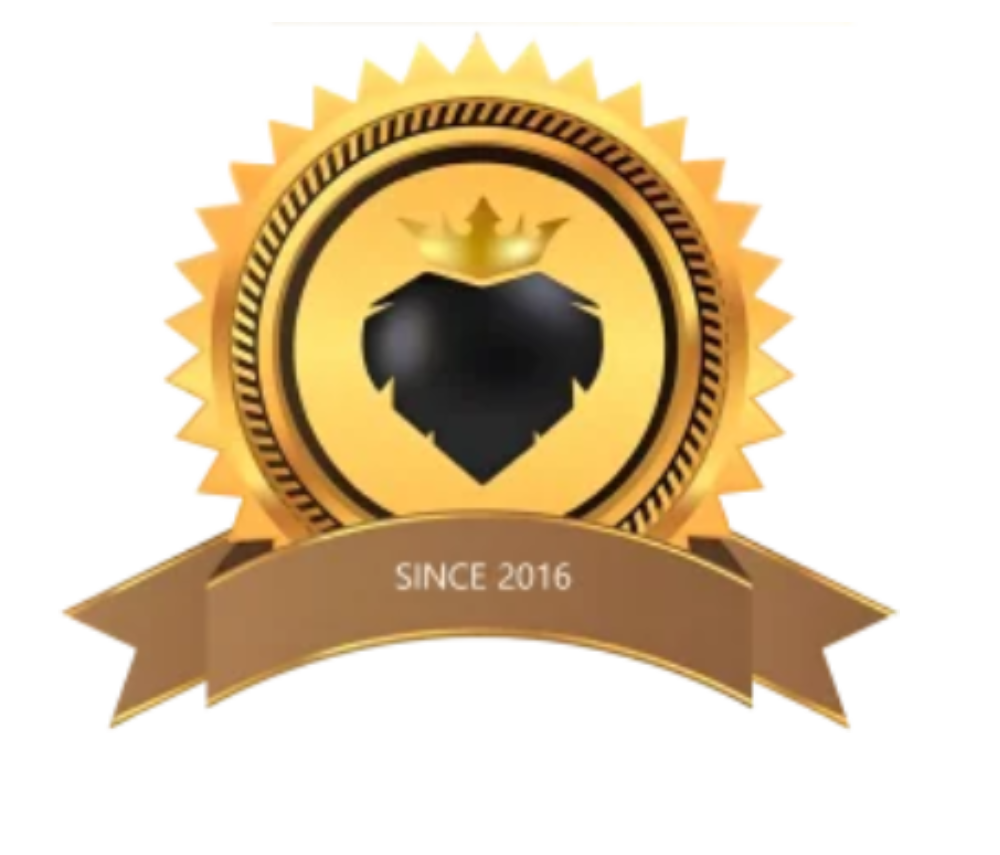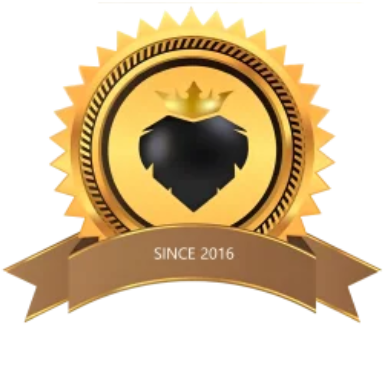Course Overview
Certified Master in ERM Management
COURSE DURATION 1 – 2 WEEKS | ELIGIBILITY : MID & SENIOR LEVEL | LOCATION : DUBAI – LONDON – MIAMI |
Course introduction
The volatility and uncertainty experienced in the global marketplace over the past few years has clearly indicated the need for organizations of all types to be better prepared to identify, measure, and manage a variety of risks. These factors, including credit, market, and operational risks, have in some instances threatened the viability of many firms and markets. The collapses of firms like Lehman Brothers and AIG have shown that liquidity, legal, regulatory, and reputational risks must also be addressed to ensure the long term viability of both public and private organizations.
Defining and implementing a firm-wide framework to manage risk is a challenge that management can no longer ignore. Enterprise Risk Management (ERM) has emerged as the leading practice for firms wanting not only to survive but thrive under this new paradigm.
Course Benefits
- Understand and recognize the need for ERM
- Differentiate between the components of globally accepted ERM frameworks
- Appreciate the role ERM plays in effective corporate governance
- Inventory the risks and responses enabled by an appropriate ERM organization
- Evaluate the tools used to measure and monitor enterprise risk
- Assess an ERM implementation strategy
- Describe the Internal Audit’s role in ERM
Training Schedule
- Understand and recognize the need for ERM
- Differentiate between the components of globally accepted ERM frameworks
- Appreciate the role ERM plays in effective corporate governance
- Inventory the risks and responses enabled by an appropriate ERM organization
- Evaluate the tools used to measure and monitor enterprise risk
- Assess an ERM implementation strategy
- Describe the Internal Audit’s role in ERM
Training Schedule
Weekdays Batch (Monday to Friday):
- Regular Sessions: 4–6 hours/day
- Timing Options: 9:30 AM – 2:00 PM or 3:00 PM – 9:00 PM
- Food & Refreshments Included
Weekend Batch (Saturday & Sunday):
- Fast-Track Sessions: 8 hours/day
- Timing: 9:30 AM – 5:00 PM
- Food & Refreshments Included
Learning & Assessment:
- Test: No
- Study Materials: Yes
- Course Materials: Hard or Soft Copies
- Language of Instruction: English
Who Should Attend ?
This course is ideal for:
- Top Level Management
- Mid Level Management
- Risk Management Professionals
- Compliance Professionals
- Audit Professionals
- Professionals and practitioners with a minimum of 2 (two) years of Risk experience or 3 (six) years of experience in related fields, such as assurance services (e.g. audit, fraud investigation) and a certain category of risk management (e.g. Financial Risk, credit risk, market risk, operational risk, etc.).
Course Oultline (Topics Covered)
MODULE 1
ERM Principles
- Definition of ERM
- ERM vs. Internal Controls
- ERM vs. Risk Assessment
ERM Frameworks
- AS/NZS 4360, ISO31000
- Strategy – high-level goals
- Operations – effective and efficient use of resources
- Reporting – reliability of operational and financial reporting
- Compliance – laws and regulations
MODULE 2
ERM for Financial Institutions
- Align risk appetite with strategy
- Enhance the rigor of the entity’s risk-response decisions
- Reduce the frequency and severity of operational risk and losses
- Identify and manage multiple and cross-enterprise risks
- Deploy capital more effectively
Role of Corporate Governance in ERM
- Accountability
- Credibility
- Transparency
- Integrity
MODULE 3
Internal Environment – Roles in ERM for Internal Auditors
- Implement ERM structure in the organisation
- Planning for Risk Identification process
- Risk Assessment of the enterprise
- Strategic planning
- Competitive benchmarking
- SOX or similar top-down risk assessment
Risk Identification
- Identify techniques and tools
- Dealing with high impact, low probability risks
- Normal risk events and distributions
- “Tail risk” and outlier event
Module 4
Risk Responses
- Avoidance: exiting activities
- Reduction: taking action to reduce the likelihood or impact – hedging
- Share or insure: transferring or sharing risk
- Accept: no action is taken (business risk)
Control activities
- Internal and External
- Information Technology controls
- Role of policies, procedures, and documentation
MODULE 5
Monitoring and Oversight
- Monitoring tools
- Reporting and correction of control problems
- Audit reports in the ERM framework
- Risk Champions
ERM reporting & monitoring
- Readiness evaluation
- ERM information flow and communication
- Steps in the implementation process
- Roundtable and Wrap-up
- Review
- Current Issues in ERM
MODULE 6
CORPORATE COMPLIANCE MANAGEMENT
- Setting the Stage: The Need for Compliance
- News Reviews: Compliance and Regulatory Cases
- Market and Business
- Approaches to Financial Services Regulation
- Case Study: Tear Down and Build up Exercise
- Creating the Rubric: Structure and Functions of an Effective Compliance Department
- Introduction to the Rubric: Structure and Functions of an Effective Compliance Department
- ‘effective’ Compliance Monitoring function
- Compliance Monitoring Management System requirements
- Measuring performance of the Compliance Monitoring function
- Consequences of ignoring
- Scope of Compliance Monitoring – Regulatory Compliance
MODULE 7
COMPLIANCE THE BACKBONE OF BUSINESS
- The regulatory environment and the role of regulators continued
- Compliance and business ethics
- Developing a corporate compliance program continued
- Developing a corporate compliance program continued
- Fostering a culture of accountability The Regulatory Environment and The Role Of Regulators Regulatory drivers
- A variety of legal obligations and due diligence
- The corporate constitution and governance structures
- Noncompliance and its ramifications Compliance And The Role Of Corporate Governance
- Best practice principles
- Monitoring and auditing Implementation of Corporate Compliance Implementation requirements .
- Leadership in Global Compliance Management
Certifications
- Internationally recognized Kings Global Academy Certificate
- Recognized in USA | UK | Canada | UAE | South Africa | Australia | Singapore
- Accredited by 10+ Certification bodies
Registration Documents
To register, participants must provide:
- Passport Copy
- Curriculum Vitae
- Passport-size Photographs
- Full Course Fee Payment
Contact Info
To know more about course:
- WhatsApp: +971507311914
- Call : +971507311914
- Mail: trainings@kingscareers.org
Requirements
- You will need a copy of Adobe XD 2019 or above. A free trial can be downloaded from Adobe.
- No previous design experience is needed.
- No previous Adobe XD skills are needed.






